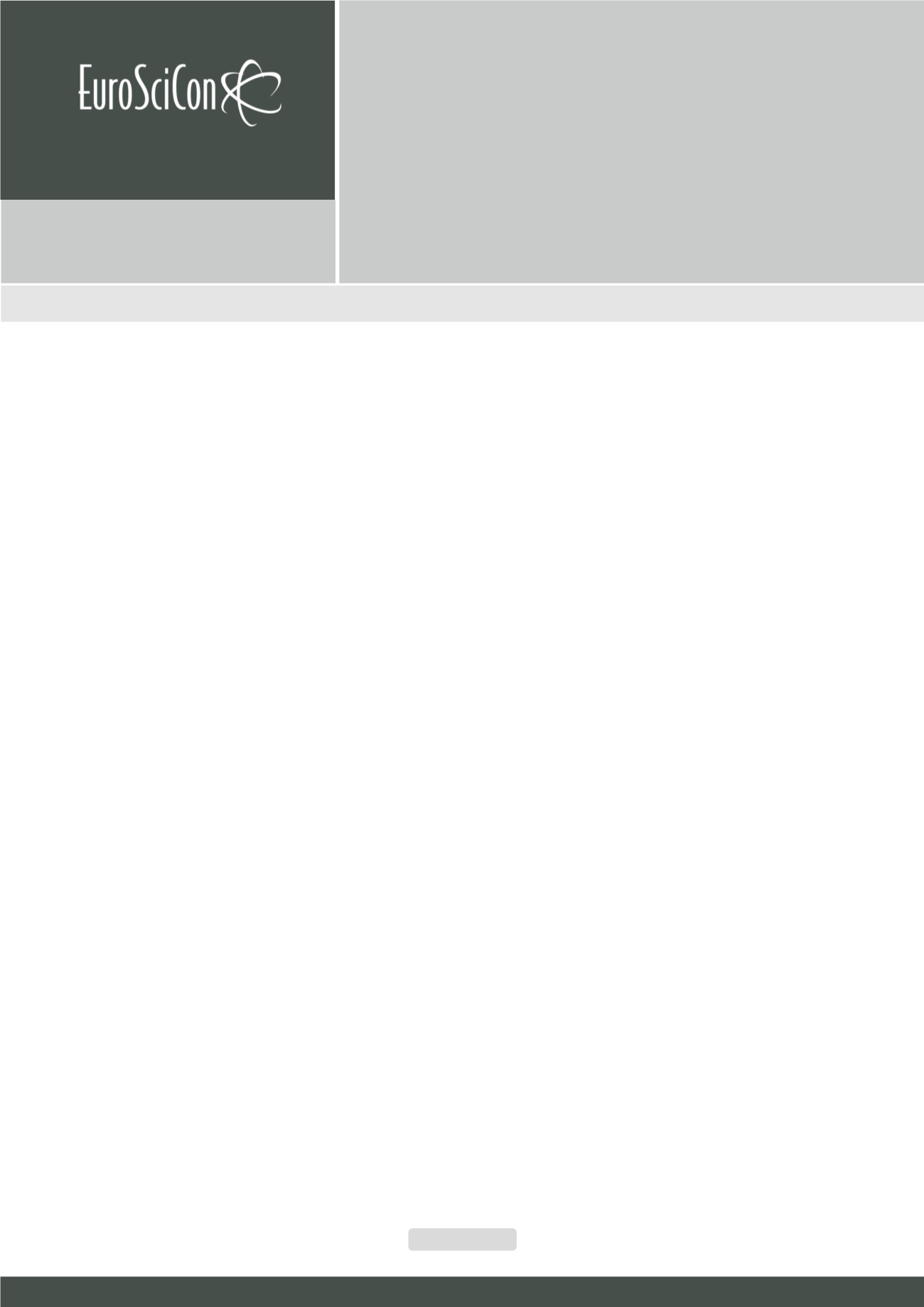

Orthopedics and Osteoporosis 2018
N o v e m b e r 2 9 - 3 0 , 2 0 1 8
Am s t e r d a m , N e t h e r l a n d s
Page 59
Journal of Clinical & Experimental Orthopaedics
ISSN: 2471-8416
E u r o p e a n C o n f e r e n c e o n
Orthopedics and
Osteoporosis
Introduction:
We live in an era, where personalized medicine became an entity that interest. Other terms are used interchangeably
such as, patient specific medicine, precision medicine, stratified medicine. In surgery, this term is not commonly used outside.
Orthopaedics has increasing, dental, maxillofacial and neurosurgery with patient specific orthopaedics being the most commonly
described.
Methods:
14 patents were filed in the field of patient specific orthopaedics. This study is a proof of concept clinical trial and aims
to answer the question: is patient-specific orthopaedics an applicable modality? We used 3-D printing technology (desktop and
industrial) in a hospital based fashion, where all five steps of this technique (imaging, planning, production of templates, packing/
sterilization and surgery) were under the control of the surgeon and performed in one location (our hospital). Four different
patient-specific applications: models, guides (instrument), implants and grafts were considered. We assessed the demand, the
applicability and affordability for using these techniques for 370 surgical procedures in our institute.
Results:
In our institute, there was a demand to use this technique for complex cases, late presentation and revision surgery.
The technique was not applicable for endoscopic or arthroscopic surgery but were used almost routinely (90% of cases) in the
form of patient specific guides (instruments) for total and uni compartmental knee arthroplasty. Also, it was used less frequently
(50 cases) for hip, shoulder, spine trauma, deformity, and tumour surgery. Patient specific implant was very expensive technique
and unaffordable but was used for very complex cases such as pelvic discontinuity. Patient specific bone graft has not been
applied yet and it appears that it has less demand, difficult applicability and high cost. The process of hospital-based was feasible
and practically applicable. The outcome of the process for 320 cases in knee replacement showed that CT-based imaging was
practically easy and affordable. Planning was controlled by the surgeon. Template production showed that polyamide (nylon)
is the most preferred material being autoclavable. It was not easy to print nylon using desktop 3-D printers but it worked after
several attempts of failure. Industrial 3-D printer is more efficient and more expensive than desktop 3-D printers. The whole
process could be done in as short duration within three days.
Conclusion:
Patient specific orthopaedics is an applicable modality, it has a demand and reasonably affordable. The patient
specific instrument for knee replacement was the most common application. The hospital-based technique was practical, less-
expensive and time-saving but the use of desktop 3-D printer is still experimental and should not be used in clinical practice
until approved. Patient specific orthopaedics has the potential to improve the results of conventional techniques, provide new
treatment and make surgery easier.
mhafez@msn.comPatient specific orthopaedics: a proof of concept of
clinical study
Mahmoud Hafez
October 6 University, Egypt
J Clin Exp Orthop 2018, Volume: 4
DOI: 10.4172/2471-8416-C1-006
















